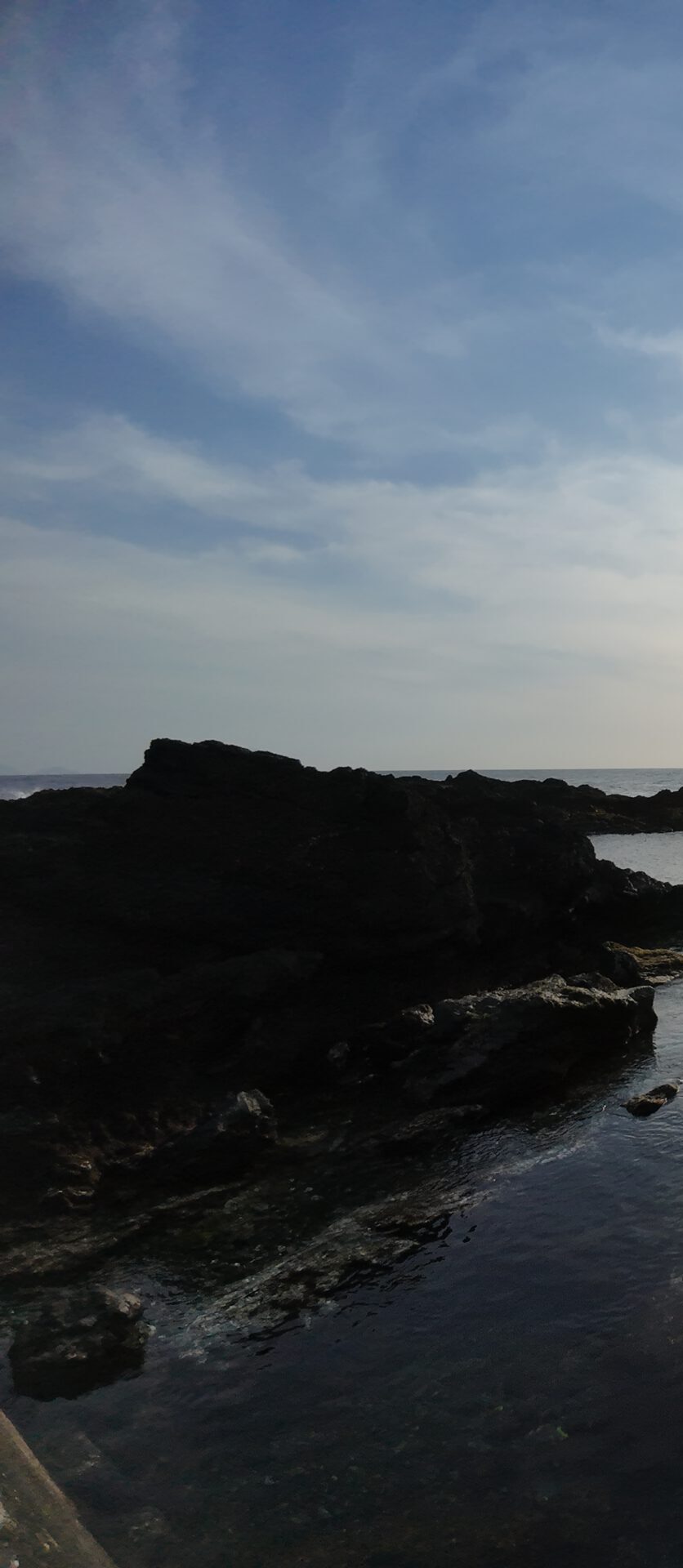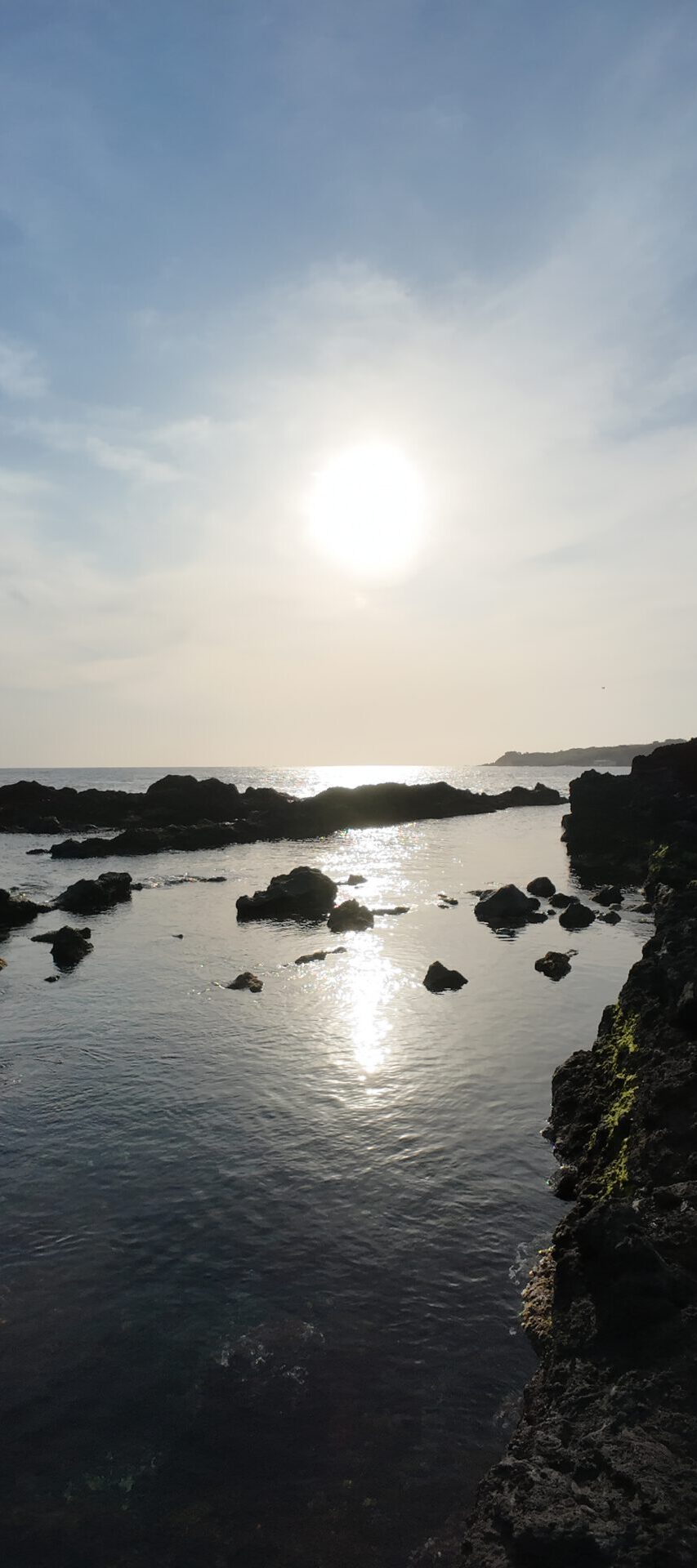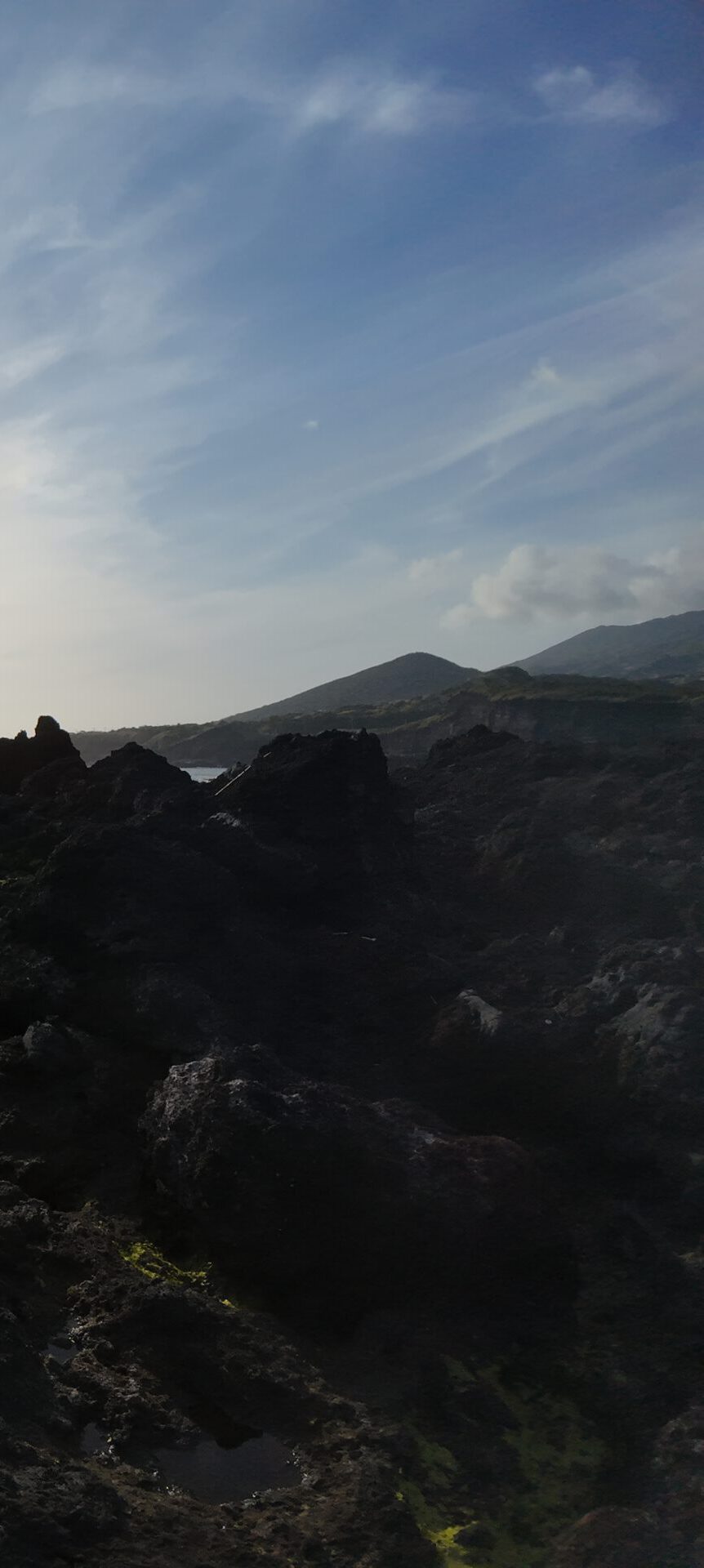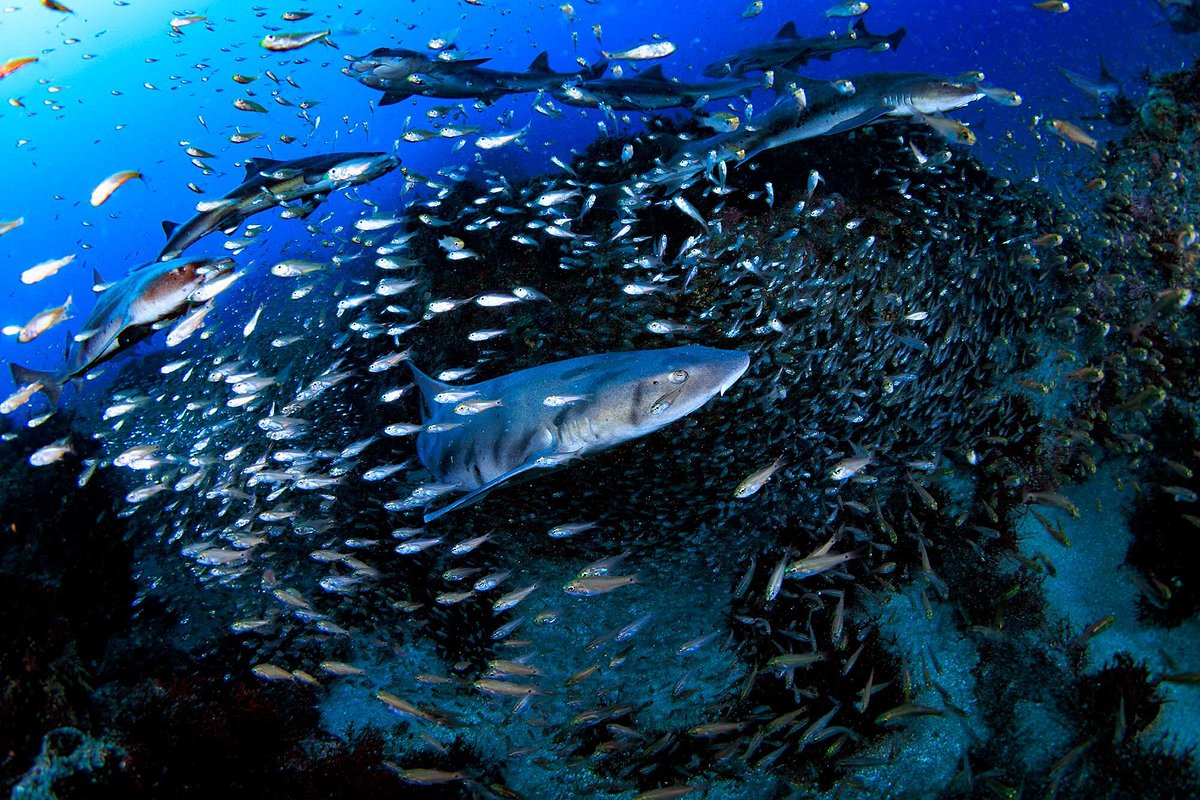Chiba
TOKYO SURROUNDING AREA
Banded houndsharks in September
Banded houndsharks and stingrays can be encountered in Chiba almost year-round. The massive schools of small sized sharks come to greet the divers followed by sting rays that often sit on the visitors’ heads.
It is a little known and very magical dive. Reaching sea floor at around 21m, schools of banded houndsharks and sting rays would swim around the diving group. The descent could be a little challenging on days of strong current, caution to keep holding the drift line.
Explore the program
千葉
Chiba

Red Stingray
The Red Stingray (Hemitrygon akajei) is a medium-sized (to 90 cm disc width) ray endemic to the Northwest Pacific Ocean from Russia to China. It is demersal on the continental shelf from estuarine inshore waters to a depth of 100 m. The species is a target and bycatch of multiple fishing gears including trawl, set net, gillnet, and longline and retained for human consumption; it is an economically important species in Japan.
Near Threatened, IUCN List

Banded houndshark
The banded houndshark (Triakis scyllium) is a medium-sized, bottom-dwelling shark found throughout the northwestern Pacific—from southern Russia through Japan, Korea, and Taiwan—where it frequents shallow coastal zones, sandy flats, eelgrass beds, and even brackish estuaries. The Banded Houndshark is demersal on the continental shelf at depths of 30–150 m. The species occurs in sandy and rocky habitats and in estuaries or shallow bays, on sand, seaweed, and seagrass flats and is tolerant of reduced salinities. It reaches a maximum size of 150 cm total length (TL), males mature at 91 cm TL and females mature at 106 cm TL . The species is a bycatch of a range of artisanal and industrial gears including demersal trawl, longline, set net, and gillnet and is retained for consumption across most of its range. IUCN Red lists it as Endangered.
Compagno 1984, Ebert et al. 2013a, Fujinama 2013, Wiegmann 2016, IUCN list

Kelp Forest restauration
In Chiba, kelp forest restoration efforts—led by institutions like Chiba University—focus on transplanting juvenile Ecklonia cava onto artificial reefs in areas such as Akane Island and Minamiizu. These projects aim to revive vital marine habitats that support biodiversity and local fisheries. Restoration methods include concrete reef placement and managing environmental stressors like rising temperatures and overgrazing. Success also hinges on broader initiatives like the J-Blue Credit system, which promotes ecosystem restoration through carbon credit incentives.
Diving Trip
8-9 September 2026
Our tour will take place in the first week of September; it is when the water temperatures are the highest with 20 to 24 celsius degrees. Conservation activities for banded houndsharks are not yet in scope. In a longer run, it would be of interest to gather information on how the schools change over time: in size, individual characteristics, season of appearance, behavior etc.
Program fees: €380
Prerequisites
- High interest for marine conservation
- Health check: apt for snorkeling and diving
- Diving licence
- Diving insurance (DAN preferred)
- Health insurance
- Good swimmer
- Complete the online learning before arrival (provided after application approval)
Included
- 2 dives
- 1 night
- English support
- Guiding for ticket purchase from and back to Tokyo

Not Included
- Flights
- Transportation from/to Tokyo
- Meal and snacks during the stay
- Diving gear
